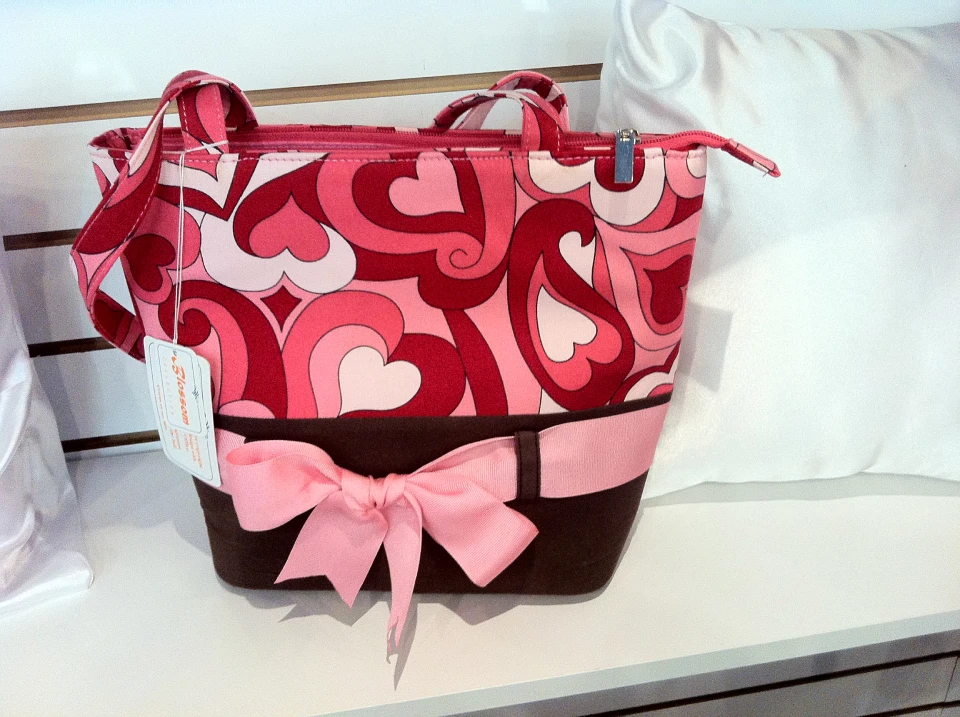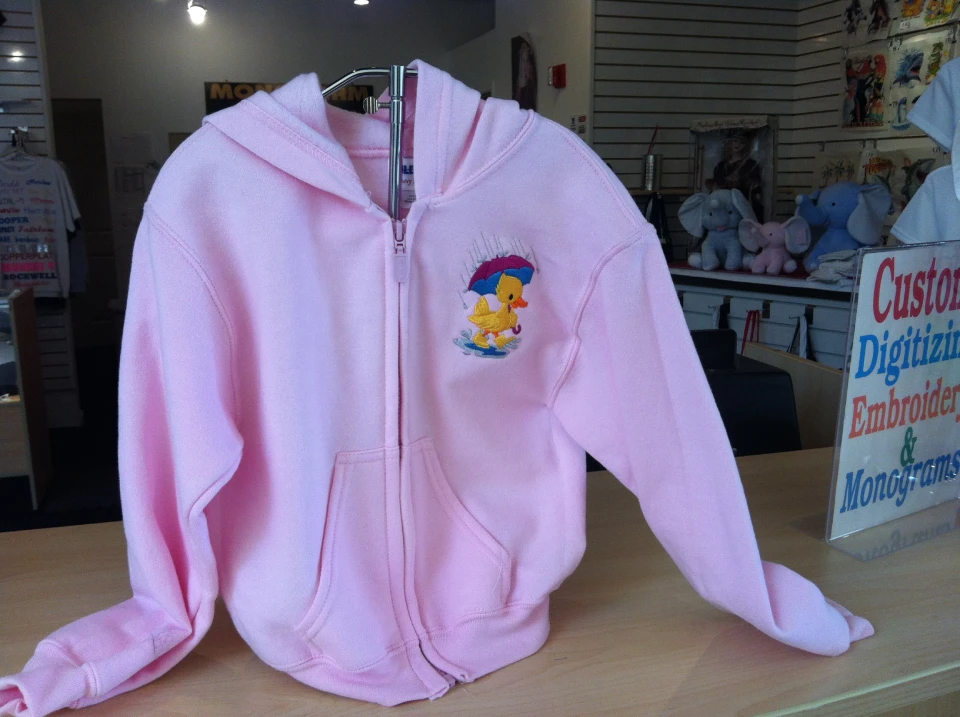The Art of Personalized Needlework: Opening the Secrets to Creating Unique and Memorable Styles
The keys to producing customized needlework layouts that mesmerize the eye and leave a lasting impact lie in a fragile balance of method, creativity, and focus to information. As we delve right into the world of custom needlework, we discover the nuanced interplay in between string selection, sew complexity, and design customization that elevates a plain garment to a work of art.
Selecting the Right Needlework Threads
When selecting embroidery threads, what essential elements should you think about to make sure the finest outcomes for your custom-made styles? The option of needlework string is vital in figuring out the last result of your embroidered design.
Additionally, the weight or thickness of the thread plays a significant duty in the look of the needlework. Thicker strings can add dimension and texture to your layout, while finer strings are ideal for detailed information and tiny message. In addition, taking into consideration the shade fastness and washability of the thread is essential to guarantee that your customized styles maintain their quality and vibrancy over time. By meticulously reviewing these aspects and choosing top quality threads that fulfill your certain demands, you can boost the aesthetic appeal and longevity of your stitched productions.
Discovering Various Stitch Methods
To look into the realm of 'Checking out Different Stitch Strategies', one should realize the ins and outs and subtleties that each stitching approach gives the art of needlework. Different stitch strategies not only add aesthetic interest however additionally add to the overall structure and dimension of the style. One popular stitch method is the satin stitch, which entails closely jam-packed parallel stitches to develop a smooth and shiny surface area, perfect for filling in forms and developing bold details.
On the other hand, the backstitch is a functional technique commonly used for detailing and including great details. It involves sewing in reverse to create a strong line of needlework. Additionally, the French knot stitch adds a tactile aspect to layouts, best for developing distinctive accents like flower centers or ornamental touches.
Discovering various stitch techniques allows embroiderers to play with light, darkness, and deepness within their layouts, boosting the visual appeal and imaginative quality of their embroidery projects. By mastering various stitching methods, one can unlock limitless possibilities for creating unique and unforgettable customized embroidery items.
Incorporating Personalized Style Aspects
Having checked out the details of different stitch methods such as the satin stitch, backstitch, and French knot, the emphasis currently shifts towards incorporating personalized design elements in personalized embroidery projects. Personalized layout aspects play an important role in making needlework projects genuinely unique and remarkable.
Another means to incorporate tailored design components is by including signs or concepts that hold special definition to the recipient or reflect their rate of interests and personality. Integrating a favored flower, pet, or hobby-related icon can make the embroidery design a lot more purposeful and customized. In addition, picking colors that resonate with the recipient or straighten with the intended style her comment is here can additionally enhance the personalization of the needlework task.
Understanding the Art of Color Coordination

One secret facet of shade sychronisation is recognizing color theory. This consists of recognizing exactly how various colors communicate with each various other, the emotions they communicate, and just how they can be combined to produce aesthetically appealing styles. By using shade theory principles, embroiderers can produce unified shade palettes that improve the general appearance of the design.
Furthermore, taking notice of comparison is crucial in handmade suits color sychronisation. Making use of contrasting shades can help certain aspects of the style pop, boost readability, and develop a visually dynamic embroidery piece. By grasping the art of color control, embroiderers can elevate their layouts and produce unforgettable pieces that reverberate with clients and customers alike.
Enhancing Texture With Advanced Needlework Stitches

French knots, for instance, are best for including tiny, raised dots to your design, imitating the look of beads or producing a distinctive surface area. Bullion knots, on the various other hand, can be made use of to develop twisted, ropelike components that include an elegant feel to the embroidery. Seed stitching involves small, scattered stitches that can fill up in areas with a multicolor structure, while turkey job produces company website fluffy, dimensional accents evocative pet hair or vegetation. Trying out these sophisticated needlework stitches permits you to push the limits of typical needlework and develop absolutely special and visually appealing textures in your layouts.
Final Thought
In conclusion, the art of custom needlework includes a mix of selecting the best strings, discovering different stitch techniques, including individualized design components, grasping shade sychronisation, and enhancing appearance with sophisticated stitches. By understanding and applying these crucial elements, embroiderers can develop distinct and remarkable styles that display their imagination and ability. Embroidery fanatics can unlock the keys to creating beautiful and custom items that stand apart and leave a long-term perception.